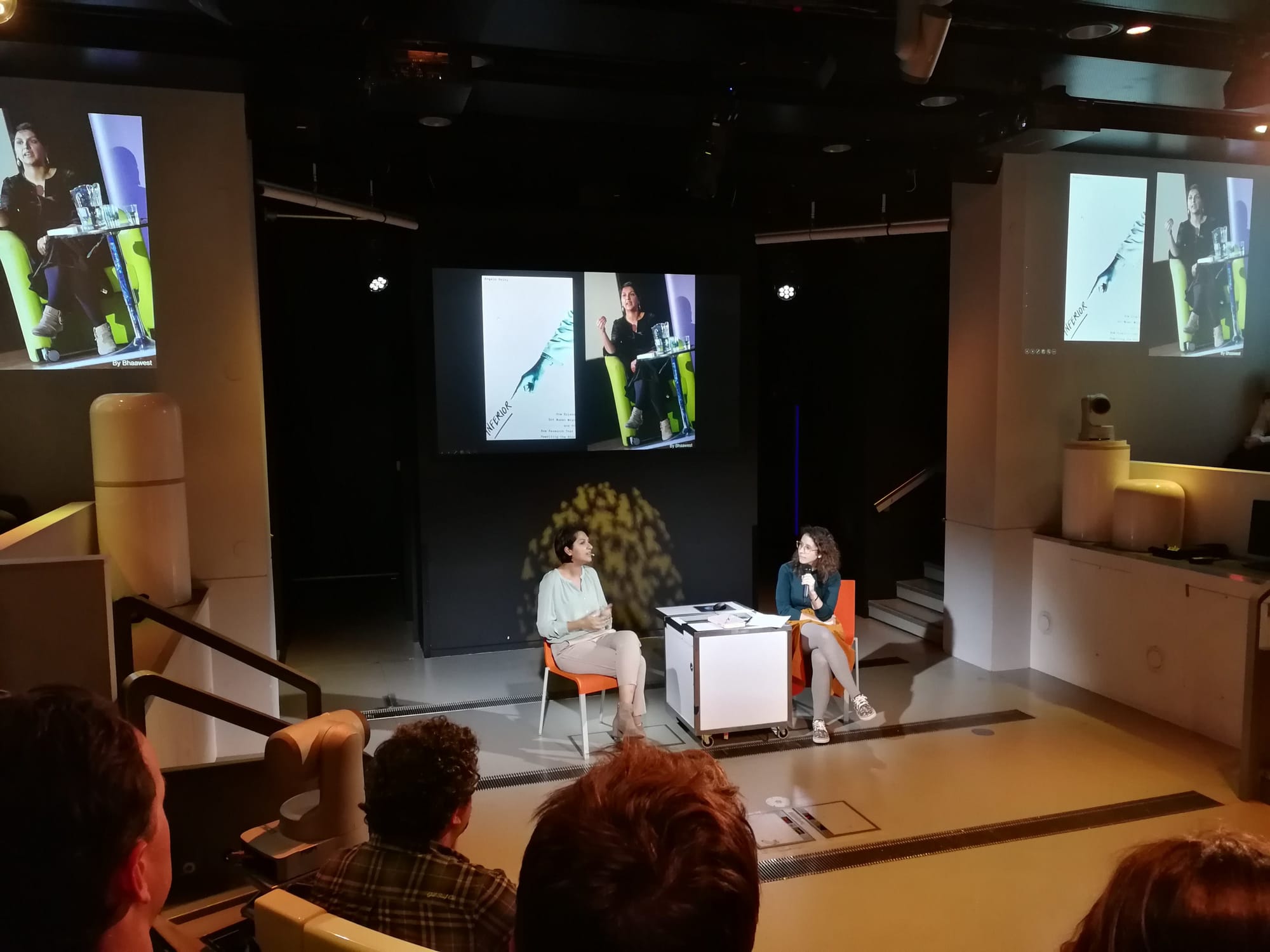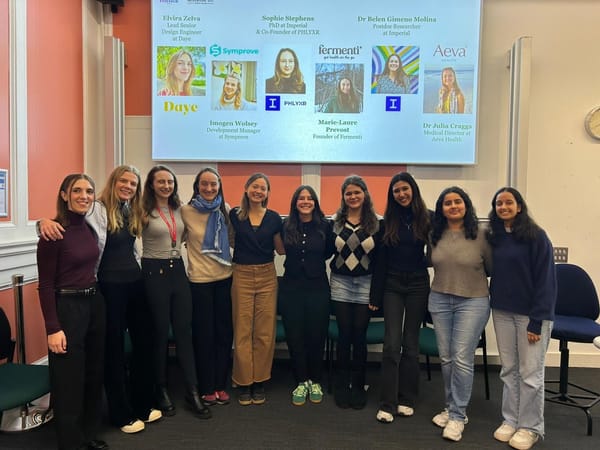How science got women wrong
Angela Saini shared her views on the new research that is rewriting the story of gender in her new book Inferior: How Science Got Women Wrong and the New Research That’s Rewriting the Story.

The first time I noticed this book was when it was nominated for the Reading Women Award for Nonfiction in 2017. It opens the discussion on how society affects gender-related biological and behavior studies. It deals with three topics I am interested in: feminism, science, and history (and it is also available in the school library). In general, each chapter covers a controversial topic such as: Are women inferior to men? Why do women live longer than men? These chapters are self-contained and can be read separately.
In each chapter, Angela Saini listed the evidence supporting both sides of each topic and made it easier for the public to understand scientific writing in a smooth, coherent, and story-telling way. Throughout her book, Angela Saini emphasises on how little we know about the behavior and biology of men and women.
Angela Saini has a degree in engineering and is currently a science journalist. Her first book was published in 2011: Geek Nation: How Indian Science is Taking Over the World. She began writing her new book when her editor asked her to write about the menopause. What is the evolutionary function of the menopause and why is it that only a few species, such as killer whales and humans, experience it? What interested her was how the gender of the scientist would make them lean towards different interpretations of this question. In her research, she noticed that male scientists were more supportive of the male sexual selection: females have menopause because aged females are not sexually attractive in the eyes of the males. Female scientists were more supportive of the explanation that menopausal females have strong societal roles and were needed to help with the survival of family members.
Similar bias in the study of sexual behaviors were described in the book. Saini explored whether such behaviors in different animals could be extrapolated to humans. Some male scientists believe that in many species, males are promiscuous while females are monogamous by nature. One of their explanations is that females need to spend more effort and time for their offspring than males, so they need to be picky about their mates. However, such views were challenged by data from other species. Angela Saini interviewed the anthropologist Sarah B. Hrdy, who observed that female Hanuman langurs mate with many males to trick them into thinking they are the father of her offspring, and thus stopping the male langurs from killing the offspring they did not father.
In October last year, Saini gave a talk at the Natural History Museum on the ‘Missing Half of Science’ as part of the NHM Lates programme. She shared her views on why fewer women are in science than men. She mentioned that women have been working in science for a very long time, but they were not given proper credit for their work. During the 19th century, most of them had to work with family members and their publications were discredited if their names were on it. Some were not paid for their work. She also mentioned that there are more women in certain fields of science such as life sciences and anthropology because male scientists of those fields encouraged women to enter years before other fields.
To encourage young female scientists, she suggested that the education system should lead students to think about the causes of the imbalance of female role models in history and why women were excluded. One of these causes were described in her book - societal perspectives have a large impact on science. Angela Saini looked through the letters and publications in the 19th century, including ones written by Charles Darwin on women being intellectually inferior to men. Members of the scientific communities of the time believed women could not achieve as much as men because this was in their biology. Interestingly, the late 19th century was also when the first feminist movement began. Feminists argued that women could not achieve as much as men then because they did not have the opportunities to be educated and were restricted by patriarchal societal structures and culture.
Gender is not the only bias in science. Saini will further explore how other societal factors such as racism, colonialism, and aboriginal practices shape science in her next book Superior: The Return of Race Science, which will be published in May this year.









